Accabonac Harbor in Springs and Northwest Creek in East Hampton will receive a new degree of scrutiny after an expansion of a water testing program run by Concerned Citizens of Montauk.
Outdoors
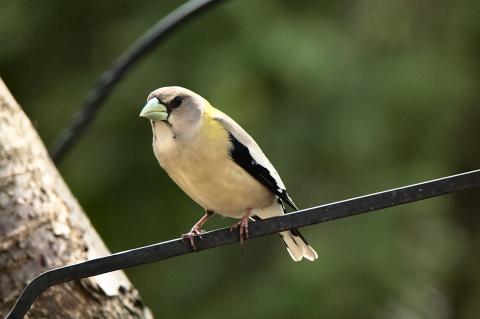 Nature Notes: Grosbeak Week
Nature Notes: Grosbeak WeekI have never had so many reports of grosbeaks in town in the 37 years or so I have been writing my column for The Star.
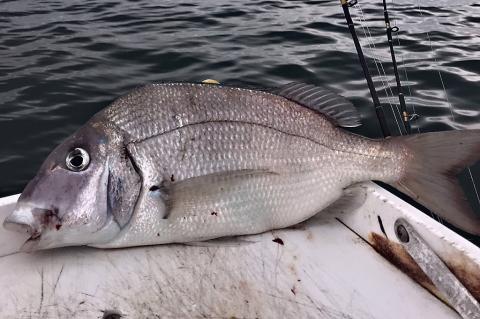 The Urge for Porgy
The Urge for PorgyPorgy, also known as scup or sea bream, sometimes gets a bum rap. Most prominent are the complaints that it’s a bony fish to eat, but that’s just hogwash.
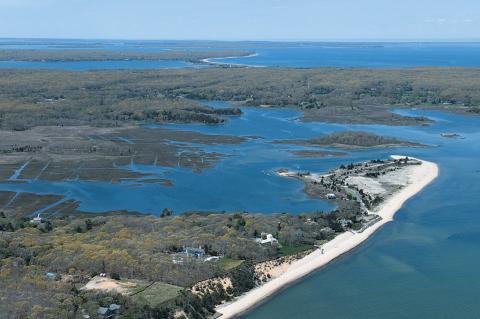 Watching for Bacteria at Accabonac Harbor and Northwest Creek
Watching for Bacteria at Accabonac Harbor and Northwest CreekAccabonac Harbor in Springs and Northwest Creek in East Hampton will receive a new degree of scrutiny after an expansion of a water testing program run by Concerned Citizens of Montauk.
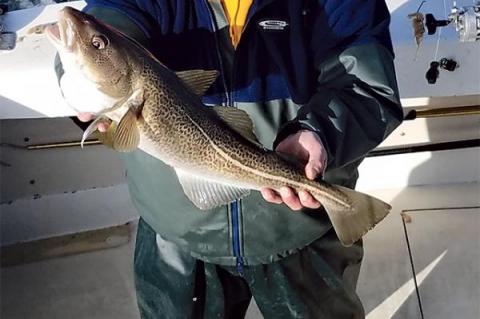 A Codless Winter
A Codless WinterFrom a fishing perspective, it was as quiet a season as I could ever recall.
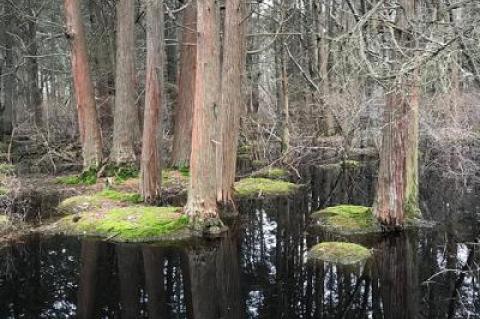 Nature Notes: Rare Wonders
Nature Notes: Rare WondersVictoria Bustamante and her college-age son Chris visited one of the Atlantic white cedar swamps on Friday. There are four in North Sea, three on the north side of Little Fresh Pond and one on the south side. Conifers that do well with roots in standing water are rare across the globe and white cedars are our only native conifer with such a habit. In fact you almost never find one doing well on dry land.
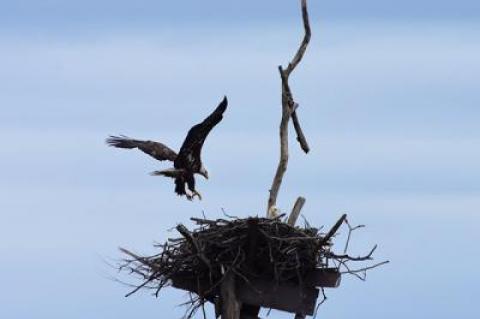 Nature Notes: Changing Tides
Nature Notes: Changing TidesWhen I was a boy growing up in Mattituck across the bay, there were no Little League baseball teams or summer camps to occupy our time and keep us from getting into trouble.
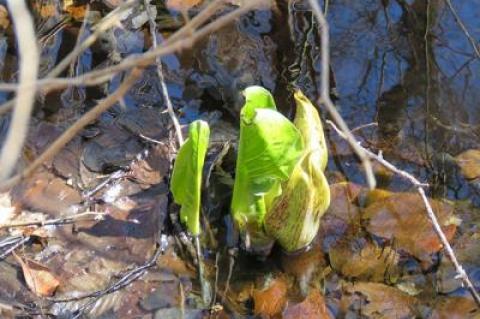 Nature Notes: Signs of Spring
Nature Notes: Signs of SpringBirds continue to return north. Jane Bimson sent me a nice shot of an osprey perched in a tree at the edge of Fort Pond. Karen Rubinstein, who has overseen the Montauk Christmas Count for the past two years, and lives with her sister on Accabonac Harbor, reported that a pair of fish crows arrived and she observed an oystercatcher at Louse Point. She still has a pine siskin at her feeder that has yet to go north.
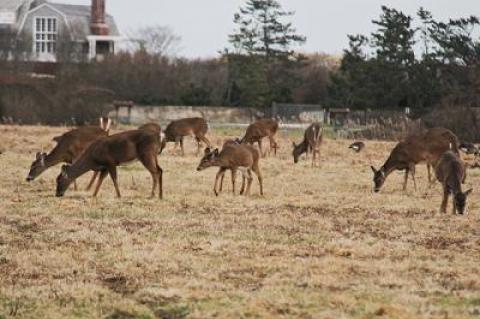 Nature Notes: One Big Family
Nature Notes: One Big FamilyIf you looked at The New York Times on Monday, you may have come across an article about saltwater crocodiles in the Philippine Islands and how they attack humans every so often and recently killed a fisherman.
 Nature Notes: Rock Solid
Nature Notes: Rock SolidThe major question having to do with climate change before the East Hampton Town Board today is how do we save Montauk from global warming.
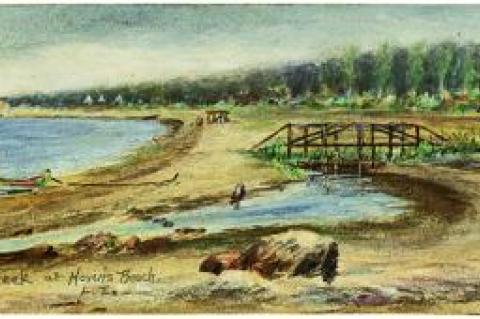 Nature Notes: Spoiling Havens
Nature Notes: Spoiling HavensThe dredge spoil deposited on Havens Beach in Sag Harbor in the spring of 2018 was full of a bunch of curiosities including pieces of concrete, crockery, rusted hunks of metal, and other junk.
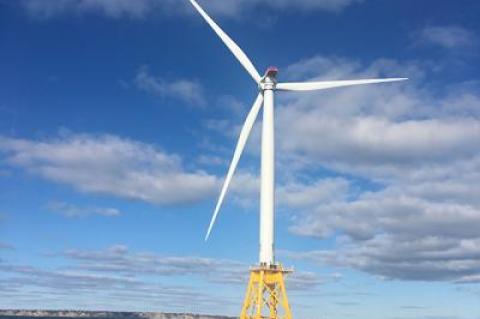 Nature Notes: Back Scratching
Nature Notes: Back ScratchingBrrrr. We knew that the mild weather wouldn’t last. So here we are shivering our timbers and wondering what comes next. Then, however, March is only a month away. Let’s hope it’s a pleasant one.
The nation is shut down. It’s not for me to open it up. What’s worse to my locally oriented mind, however, is the stuff against nature that has been going down right under our noses here on the South Fork for the past several years.
 Like Tilting at Windmills
Like Tilting at WindmillsLast Thursday was a rather blustery, chilly day mixed with intermittent rain. The dampness ran through my many layers of clothes and ultimately my body as I rummaged around in my garage securing my fishing tackle and gear for what would likely be my final fishing trip of 2018 the following morning out of Montauk.
 Nature Notes: The Remarkable Feather
Nature Notes: The Remarkable FeatherA feather is a heck of a thing. Yankee Doodle stuck one in his cap and called it “macaroni” almost three centuries ago. Native Americans used feathers at the end of the arrows to make them go straighter when launched from the bow. Feathers are used far and wide and during the kill-for-plumes era here in America, several plume bearers such as the egrets almost became extinct, which led to the Migratory Bird Treaty Act of 1918 in the United States, which banned almost all forms of plume hunting.
Last Monday morning, while lying flat on my back on a cold, narrow, operating room table in a Manhattan hospital, an inordinate number of thoughts raced through my mind. It’s not an everyday situation to find yourself in, and your brain tends to go into overdrive.
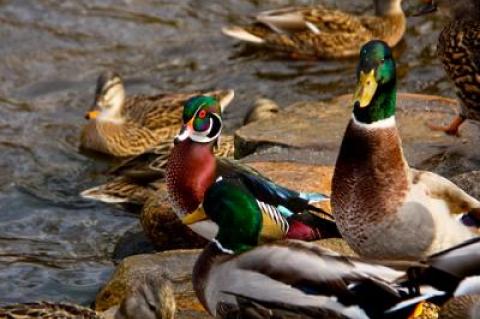 Nature Notes: Our Differences
Nature Notes: Our DifferencesIn biology there is something known as sexual dimorphism; the two sexes are different in one or more ways. It even applies to some insects such as the swallowtail butterflies. Almost all vertebrates exhibit some form of sexual dimorphism.
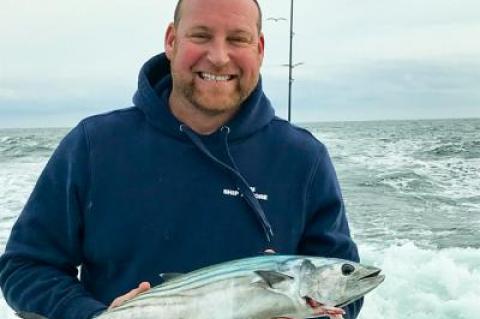 A Time to Reflect
A Time to ReflectThe jarring blast of chilling arctic winds that we experienced last week also abruptly created a thin glaze of ice on many freshwater ponds, and even a few saltwater coves and creeks. Most important, it served as a stern warning to me that having the very last boat still in the water at the marina may not be the smartest thing.
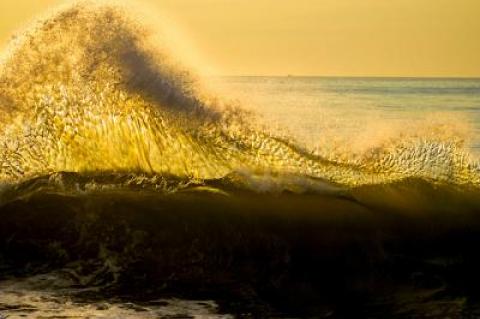 Nature Notes: No Two the Same
Nature Notes: No Two the SameWater and air. Two of the basic elements of our planet, and when the water occupies the surface they are intimately related. These two forms of matter exchange gases both during the day and the night.
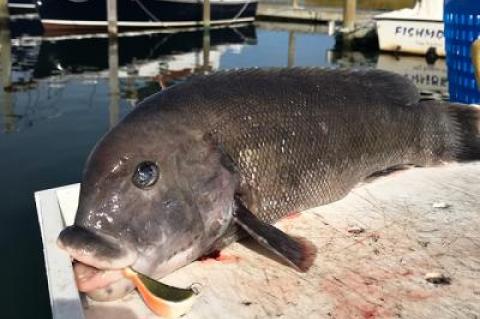 Old Dogs and New Tricks
Old Dogs and New TricksI’ve never been an early adopter of the latest fishing techniques, baits, and tackle. Instead, I’ve tended to stick to the tried and true ways I learned. Stubbornness is not a good trait.
 Shangri-la on the Sound
Shangri-la on the SoundMonday was the first really cold day of fall. Frost had formed overnight on lawns, but it was sunny. Victoria Bustamante picked me up and we were off to Caumsett State Park at the very northwest end of Suffolk County and the Long Island Sound. Once the estate of Marshall Field, complete with a dairy farm, it is now a beautiful 1,500-acre preserve with a local Matinecock Indian name meaning “place by a sharp rock.” The sharp rock was one of several glacial erratics left when the last advance of the Wisconsin glaciation swept down across the whole of northern America more than 10,000 years ago, creating the North Fork and the morainal line of Harbor Hills that runs along the Sound from Southold on the east to beyond Great Neck at the edge of New York City on the west.
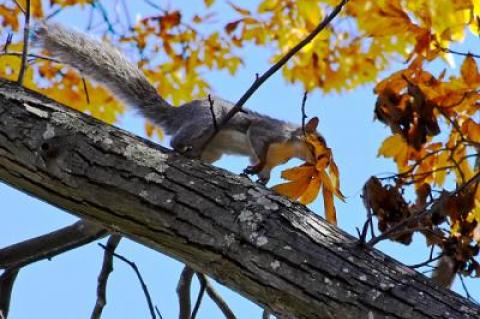 Nature Notes: A Leaf Named Freddy
Nature Notes: A Leaf Named FreddyFall marches on! At 6:30 last Thursday evening on a trip to Southampton Village by way of Deerfield and Edge of Woods Roads, both lanes were clear and only a single leaf fell. Three hours later on the return trip the roads were half leaf-covered while three dozen leaves floated down. Fall had begun in earnest.
 The Memory Still Haunts Me
The Memory Still Haunts MeOn Oct. 23, I joined a group of friends for a full day of fishing on the Oh Brother!, a charter boat out of Montauk whose captain, Rob Aaronson, and his first mate, Rudi Bonicelli, are seasoned pros who know the inshore and offshore waters around Montauk as well as anyone.
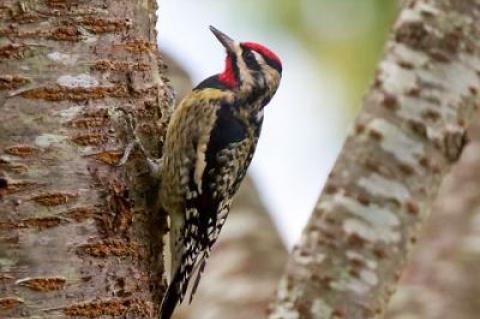 Nature Notes: ‘. . . Oh Why, Can’t I?’
Nature Notes: ‘. . . Oh Why, Can’t I?’The post-noon photoperiod will lose an hour on Sunday, while the winter solstice is only 50 days away. Any day now the lawn will be coated with gray upon waking, and frosts will soon become an everyday phenomenon.
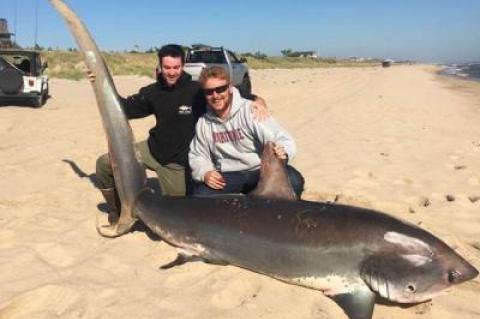 One That Didn’t Get Away
One That Didn’t Get AwayEveryone who fishes has his or her share of fish stories. Some are impossible to believe, while some are clearly embellished and need to be taken with a grain of salt, along with a wry smile of doubt. But some are actually the honest truth, no matter how far-fetched they may sound.
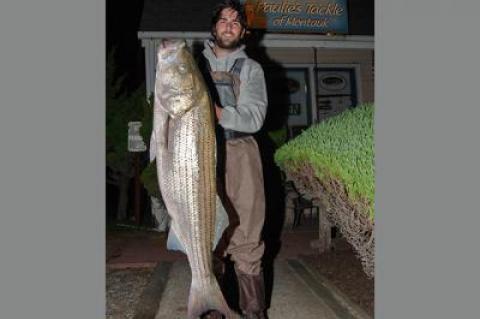 The Winds of Fall
The Winds of FallBob Dylan did not write “the answer, my friend, is blowin’ in the wind,” here on the East End — it was probably in a brownstone apartment in Greenwich Village — but if the Nobel laureate has been in these environs over the past 10 days or so, he most certainly would have been inspired to pen that familiar refrain, as the gusty winds have been unrelenting of late, thwarting many a planned fishing trip.
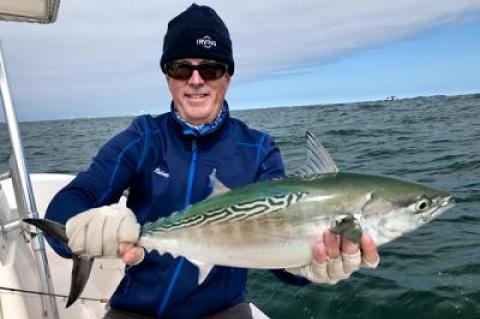 The More Things Change
The More Things ChangeOn Friday morning I had to make a trip to Riverhead and the Department of Motor Vehicles to get a new driver’s license. Not only was it set to expire shortly, but the picture of me on the front was at least 25 years old.
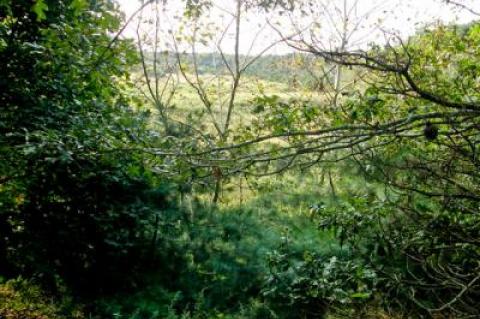 Nature Notes: A Raging Battle
Nature Notes: A Raging BattleThere is a raging battle going on throughout Long Island’s two non-city counties, Nassau and Suffolk. It splits the inhabitants into two camps, environmentalists and pro-developers.
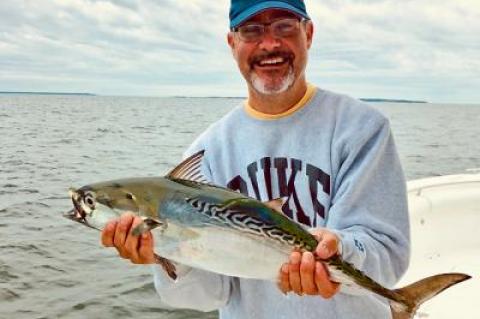 Rebuilt for Speed
Rebuilt for SpeedIt’s been almost two months since I last filled my boat up with diesel fuel. I hold about 85 gallons in each of two tanks below deck, and given the high price of fuel this year, I’ve consciously slowed down my cruising speed when heading out for a day of fishing or lobstering.

